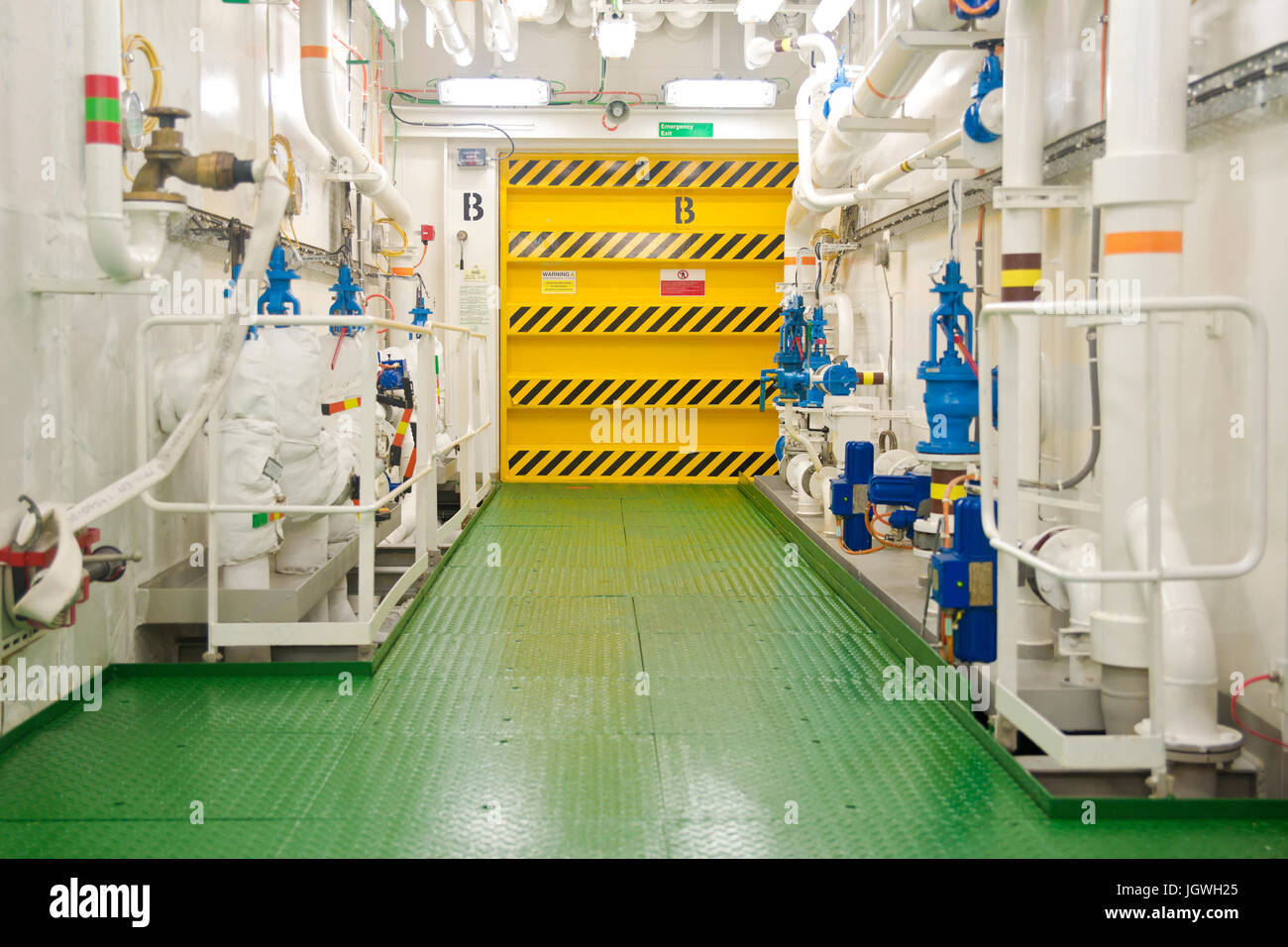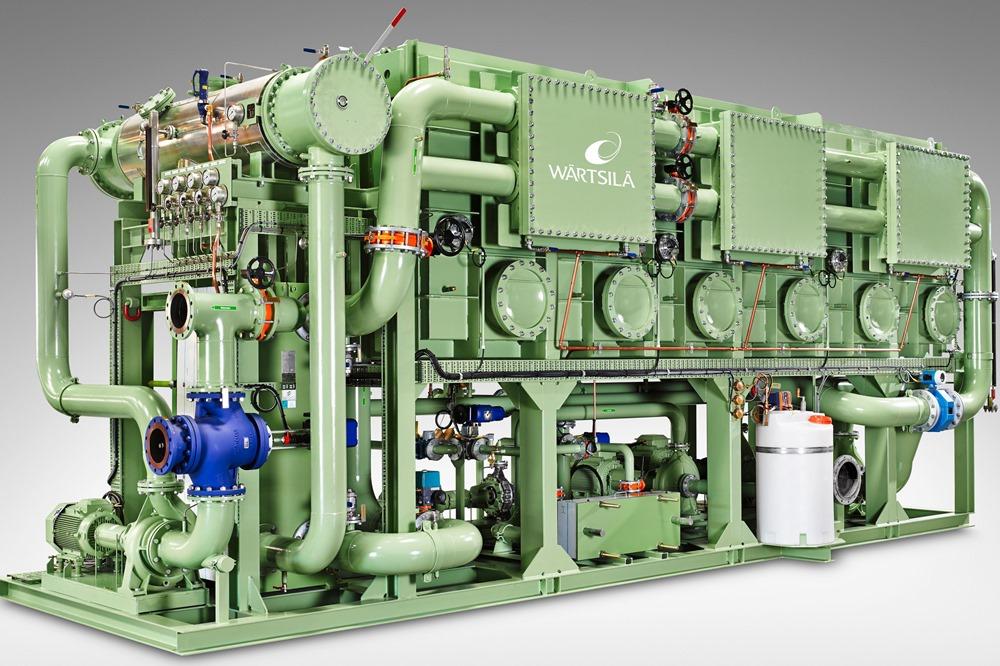Table Of Content

From the electronic device, the speed is then transmitted onto the displays in the bridge. For twenty-four hours each day, the bridge is occupied by two Deck Officers and two Able Seamen, traditionally in four-hour shifts. The main job of the Officer of the Watch is to monitor the ship’s systems and surroundings, and to ensure that everything is running safely and smoothly. During extreme weather, docking, or other special cases, the Captain of the ship is also present on the bridge to guide the deck officers. For the project was contracted Rolls-Royce Marine, initially for 6 ships plus optional another 3.
AIDA's LNG-powered cruise ships
Elco (the Electric Launch Company) evolved into the industry leader, later expanding into other forms of vessel, including the iconic World War II PT boat. Propulsion by sail generally consists of a sail hoisted on an erect mast, supported by stays, and controlled by lines made of rope. From coal to solar power, ship designs are always evolving, and engineers are meeting the environmental considerations of the 21st century head-on and planning for a new way of cruising. While some of these power systems seem straight out of a science fiction novel, it’s only a matter of time before they are used everywhere.
Marine diesel engines
4 cruises canceled as Carnival Panorama experiences recurring engine issue - Long Beach Business Journal - Long Beach News
4 cruises canceled as Carnival Panorama experiences recurring engine issue.
Posted: Fri, 10 Nov 2023 08:00:00 GMT [source]
While berthed, the ship was successfully provided with LNG at all the itinerary's ports of call (Hamburg, Rotterdam, Le Havre, Southampton, Zeebrugge). ABB also supplies the power generation, distribution systems, bow thrusters, and of course, the 2 x 20,500 kW propulsion Azipod XO units (at the photo at right), transformers and drives. The crankshaft is connected via a flywheel, either to the alternator or to a propeller arrangement for doing the mechanical work. To obtain continuous rotation of the crankshaft the explosion has to be repeated continuously. For example, if you sail to Canada and New England, you may find that the fog is so dense that the ship must sound its foghorn all through the night!
How to future-proof your cruise vessels
In port, they are turned off, and smaller generators are used to supply the "hotel" load (i.e., lights, air conditioning, the galleys, etc.). Moving the ship through the water takes up the vast majority of a ship's need for power -- somewhere in the vicinity of 85 percent of the power a diesel electric plant produces goes to the propeller. The rest goes toward keeping the lights on and the passengers and crew comfortable. This type of propulsion is very similar to traditional diesel engines. The main difference is that instead of the engine and pistons being connected directly to the crankshaft and propellers, it is connected to a generator to generate electricity. As you'd expect, an area that creates enough power to drive a skyscraper-sized vessel through the water is large -- and engine rooms are often at least three decks high.
Transmission of power
The Stirling engine has potential for surface-ship propulsion, as the engine's larger physical size is less of a concern. Those who support the cruise industry point out that cruising has never been more popular. A solution is to have docked vessels plug into the port's shore power grid. Most of the world's largest cruise ports have such dockside electrical hookups, reducing bad emissions by up to 95%.
LNG-Powered Engines:
Propulsion issues slow two Royal Caribbean cruise ships - Royal Caribbean Blog
Propulsion issues slow two Royal Caribbean cruise ships.
Posted: Wed, 04 Oct 2023 07:00:00 GMT [source]
Ships propelled by medium or high speed diesel engines may have one or two (sometimes more) propellers, commonly with one or more engines driving each propeller shaft through a gearbox. Where more than one engine is geared to a single shaft, each engine will most likely drive through a clutch, allowing engines not being used to be disconnected from the gearbox while others keep running. This arrangement lets maintenance be carried out while under way, even far from port. This guide to cruise ship power systems will explain everything it takes to move cruise ships from port to port worldwide.
Fuel flexibility for smooth sailing
The No. 1 priority of all cruise lines is to keep all their guests completely safe. If the unexpected happens, know that the cruise ship has backup plans. A well-trained crew knows how to properly handle the situation so you are in safe hands. It will be up to the captain and the chief engineer to determine if the vessel can continue if one of their engines isn’t working properly. If the captain feels the cruise ship will not be able to function, they will consider other options.
However, the steering and propulsion systems in Azipod arrangement, are combined into one part and the system consists of a propeller (driven by an electrical motor) turned by a rudder connected to the azipod system. Azipod cruise ship propulsion system is situated outside the hull in the aft of the ship. Azipod turns in all directions (360 degrees) by a rudder, providing thrust in any directions, not possible for conventional systems. All ships rely on propellers/screws to be pushed through the water, providing forward and reverse motion.

Future fuels and fuel flexibility
The positioning system is controlled from the bridge and it uses GPS to ensure that the ship stays at a defined location. When the captain defines a position where the ship needs to remain for a while without anchoring, the system automatically maintains the ship in position by using the bow and stern thrusters. The heat sink of a Stirling engine is typically the ambient air temperature. In the case of medium to high power Stirling engines, a radiator is generally required to transfer the heat from the engine to the ambient air.
Sitting contentedly on deck, listening to the hushed splash of the sea as it washes along the side of the hull, you would be forgiven if you forget you are on a monster of engineering. The shipyard confirmed that the first of six multi-fuel engines was activated. It comes as progress continues on the first Icon-class vessel, which will be completed at the end of 2023, and ready for sailing in early 2024. Technological advancement in the design of ships is making rapid advancements and cruise ships are no exception to this.
We will also delve into the factors considered when selecting an engine for a cruise ship and discuss the latest technological developments in cruise ship engines. LNG-powered ships have engines that are modified to burn natural gas that has been turned into a liquid and kept at a temperature 260 degrees below zero in specially insulated fuel tanks. While the infrastructure in ports to supply LNG is not fully global, the advantages for cruise lines are many -- including reducing nitrogen oxides by up to 80 percent and carbon dioxide emissions by 20 percent.
Instead of this, the job of supplying electric power for the ship loads and for propelling the ship is carried out by the main generators. These generators allow for huge space saving and offers flexibility of location and arrangement. DE propulsion does away with the need for the installation of a huge centralized 2-stroke main engine and auxiliary engines as on cargo ships. These ships contain massive amounts of steel and other components, which contribute to its overall weight. It requires anywhere between five-to-six engines for it to function.
Gas turbine engines offer high power output and quick response, making them suitable for high-speed cruise ships. Combined Gas and Steam Turbine Engines (COGAS) provide efficient power generation and improved fuel economy by utilizing waste heat to produce steam. The selection of engines for cruise ships is a critical decision that influences the performance, efficiency, sustainability, and overall cruising experience. Cruise ship operators consider various factors, including power requirements, fuel efficiency, environmental impact, reliability, and safety. The integration of these new technologies in cruise ship engines not only benefits the environment but also enhances the overall cruising experience for passengers.
Diesel engines soon offered greater efficiency than the steam turbine, but for many years had an inferior power-to-space ratio. The advent of turbocharging however hastened their adoption, by permitting greater power densities. Steam turbines were fueled by coal or, later, fuel oil or nuclear power. The marine steam turbine developed by Sir Charles Algernon Parsons[3] raised the power-to-weight ratio. He achieved publicity by demonstrating it unofficially in the 100-foot (30 m) Turbinia at the Spithead Naval Review in 1897. This facilitated a generation of high-speed liners in the first half of the 20th century, and rendered the reciprocating steam engine obsolete; first in warships, and later in merchant vessels.
With the development of a methane-oxidation catalyst, we aim for a further significant reduction of methane emissions. This ensures the sustainability of the LNG pathway until 2040 and, if combined with green LNG, also beyond. All this machinery is overseen by the Engine Control Room, which contains lights, screens, alarms, and switches where every piece of equipment can be monitored to ensure the cruise ship runs smoothly. Generators power all the vital functions to run a ship, like emergency lights, communications, and navigation systems. If the generator fails, then there are also backup batteries that can be used for short periods of time.
Natural gas is purer, cleaner, more efficient, and cheaper than other fossil fuels. But it’s a relatively new technology, and not all ports have the facilities for refueling LNG-powered ships. Diesel engines have greater fuel efficiency at slower speeds, and the high gas price compared to diesel makes them more costly to operate. The electricity produced by the engine is used to power the ship’s propellers.

No comments:
Post a Comment